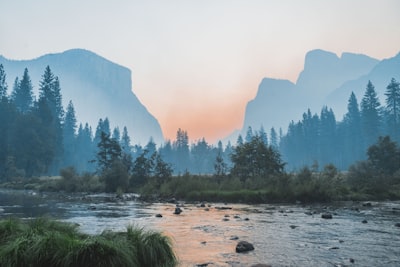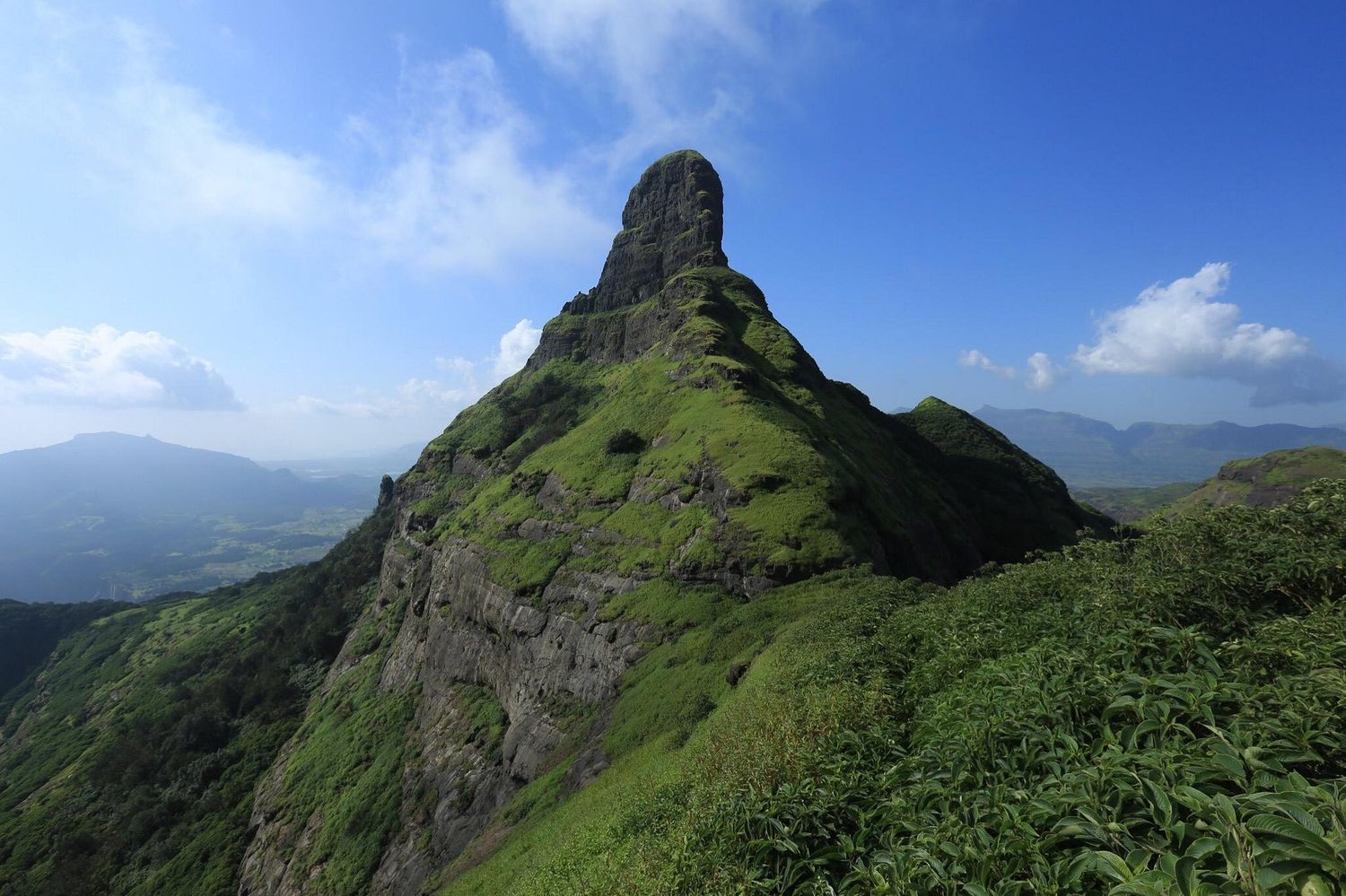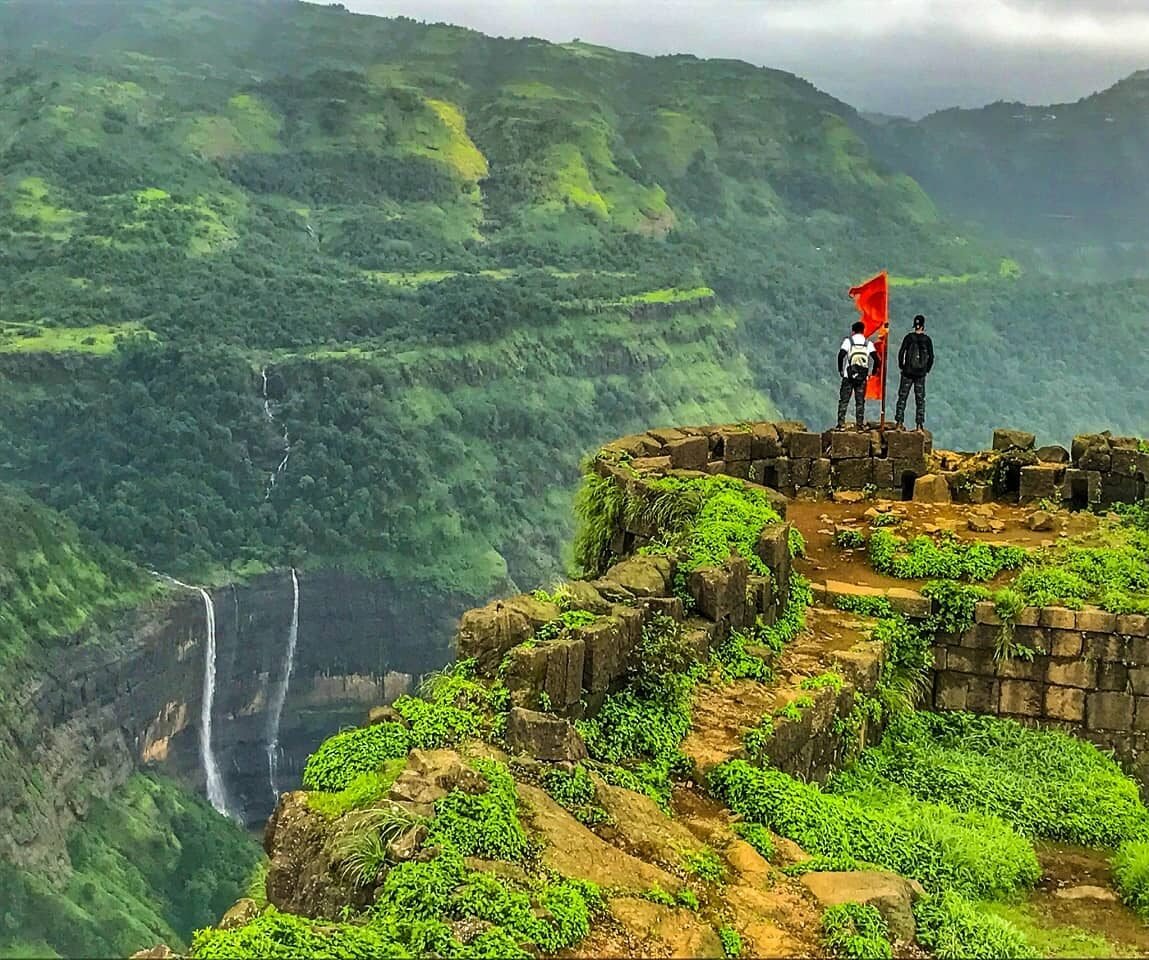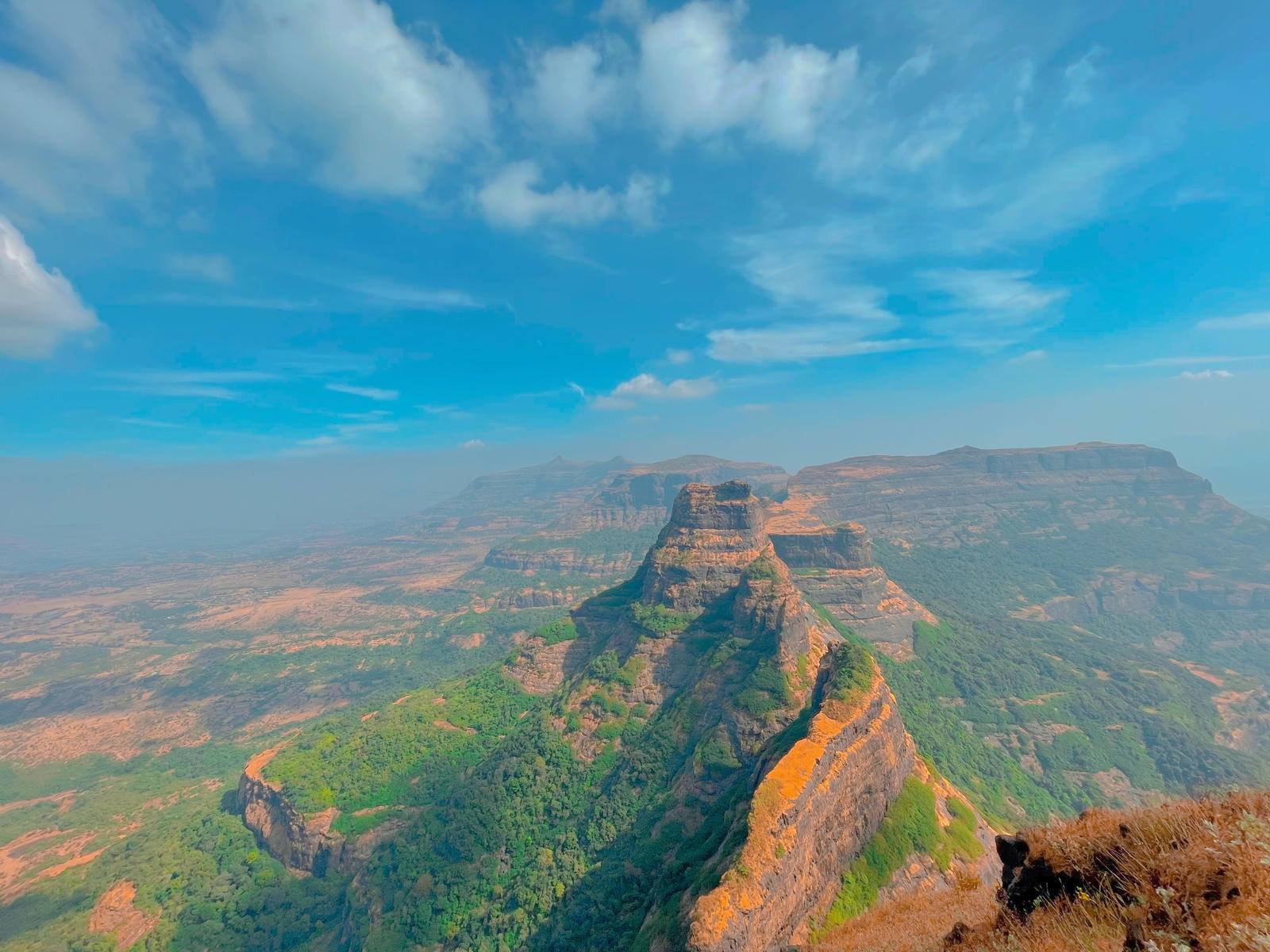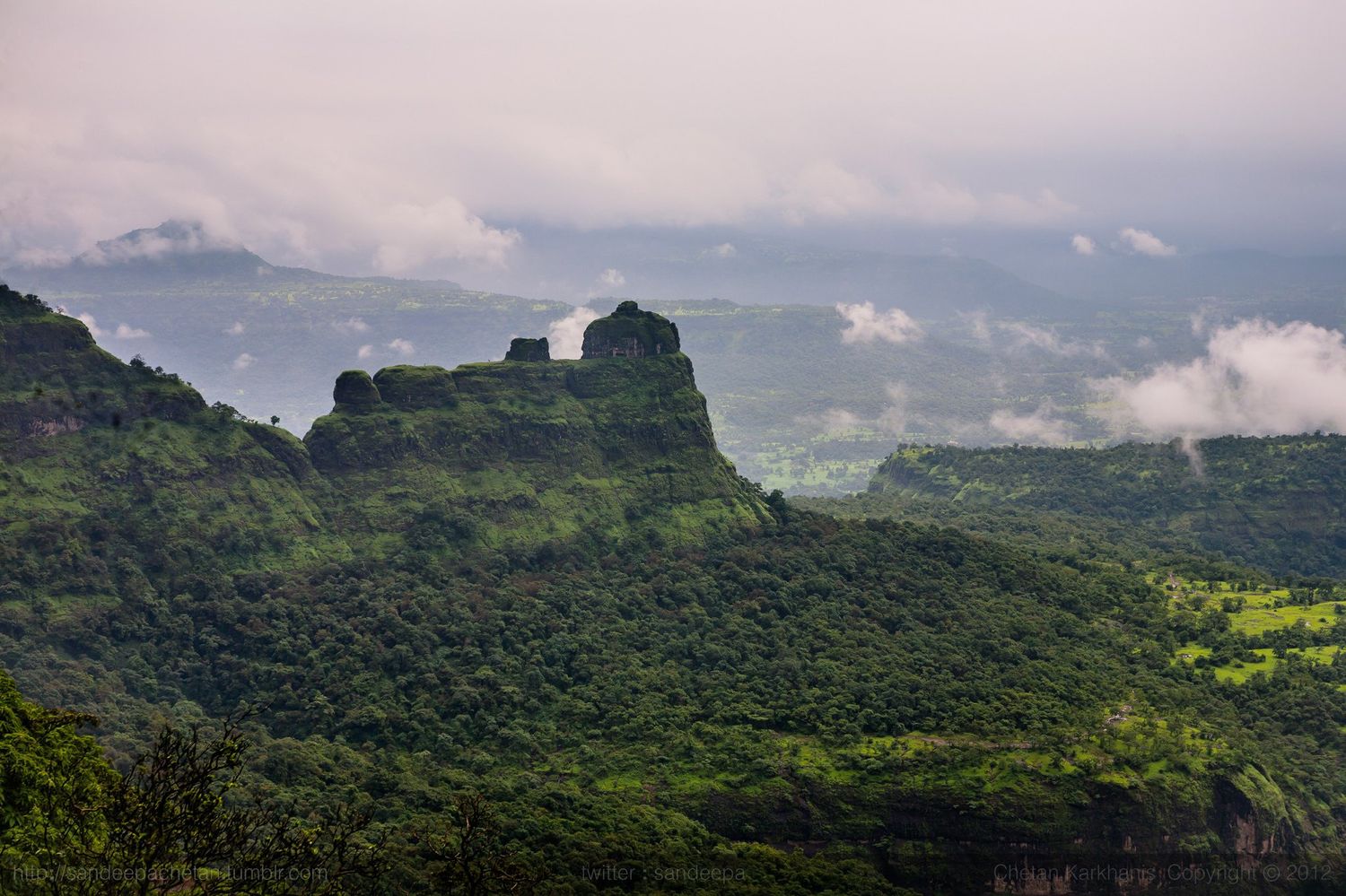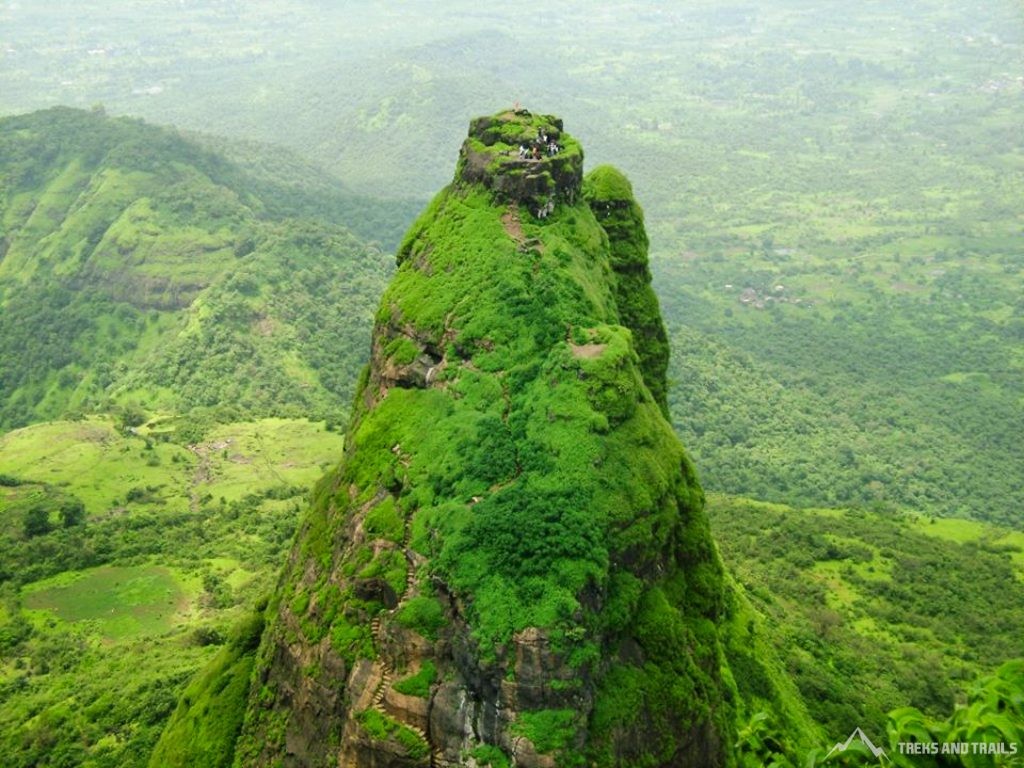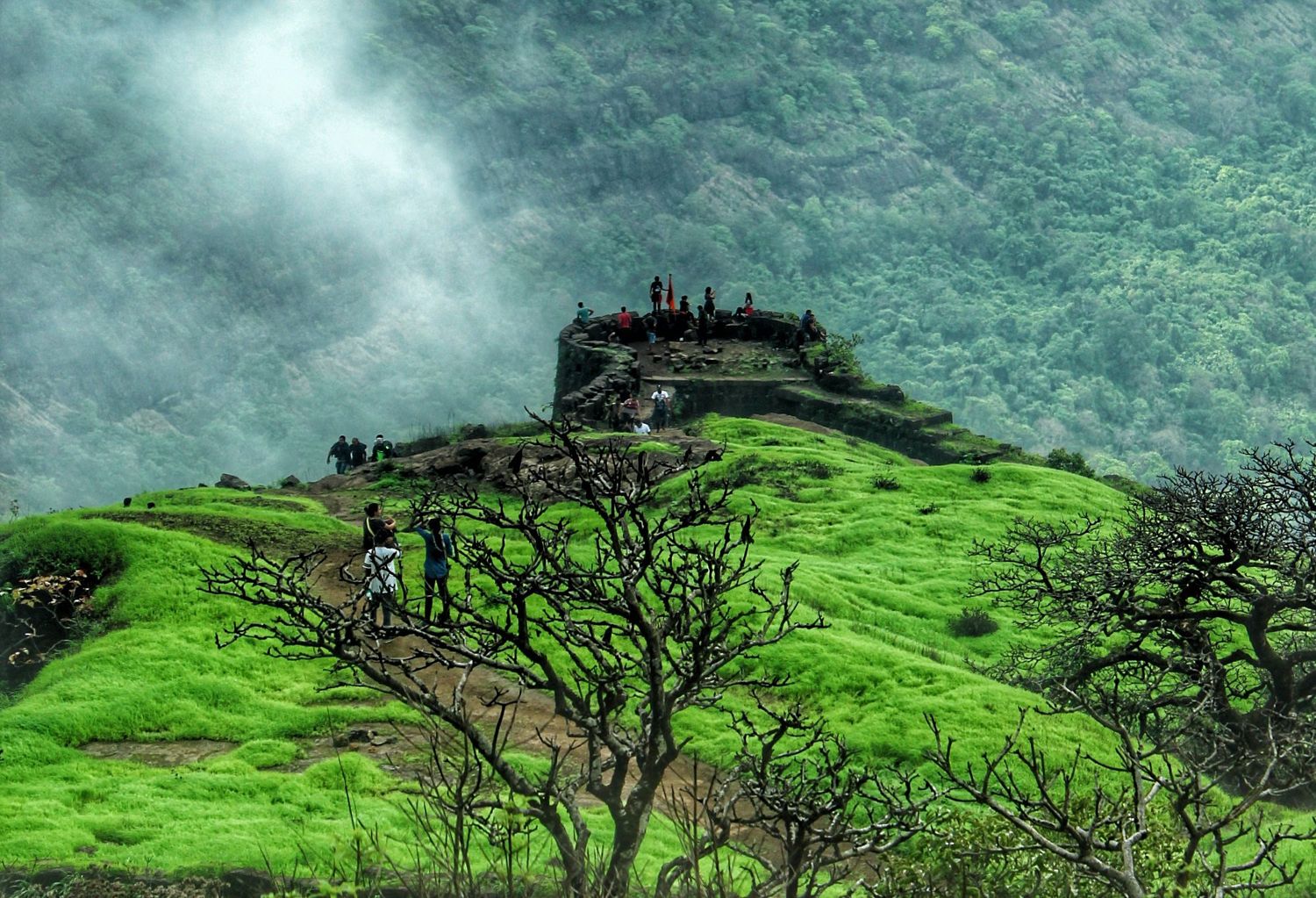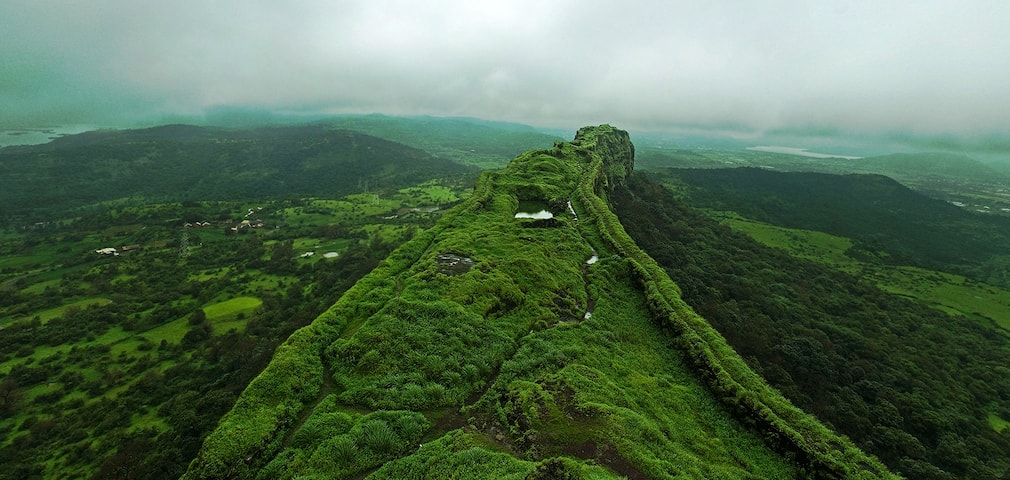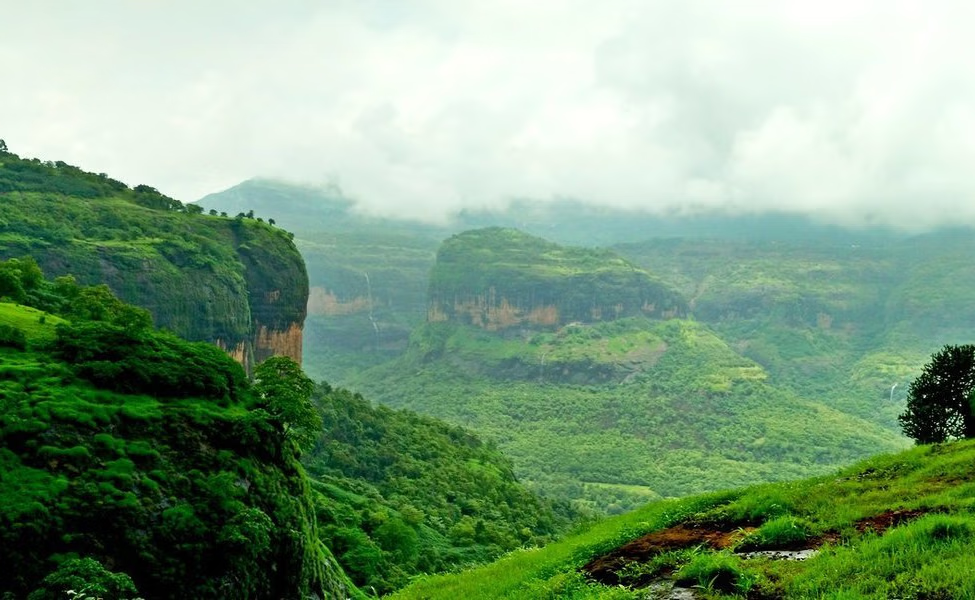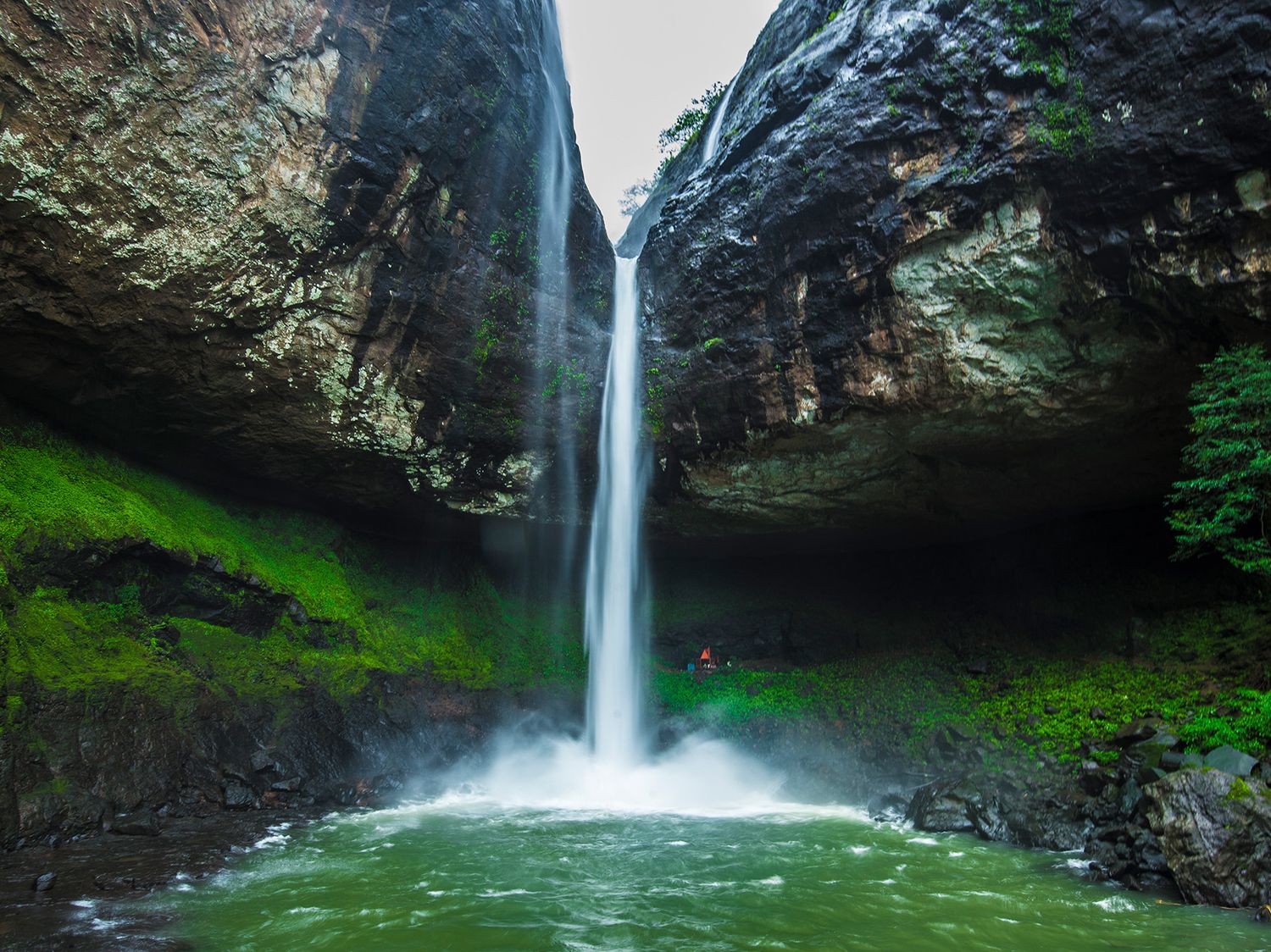Harishchandragad Trek: A Journey into Maharashtra’s Ancient Fort and Legends
The Harishchandragad Trek is one of the most popular treks in Maharashtra, blending adventure, history, and natural beauty. Located in the Sahyadri ranges, this fort stands at 4,671 ft and is famous for its Konkan Kada (a massive cliff), caves, ancient temples, and panoramic views. With multiple routes to the top, Harishchandragad offers something for everyone—from beginners to seasoned trekkers.
Historical and Mythological Importance
Harishchandragad is steeped in history, dating back to the 6th century. It has connections to the Kalachuri dynasty and later the Marathas. The fort is also home to the Harishchandreshwar temple and Kedareshwar cave, linked with legends from the Puranas.
The Routes to Harishchandragad
- Pachnai Route: Easiest, shortest, beginner-friendly.
- Khireshwar Route: Scenic, moderate difficulty.
- Nalichi Vaat: The toughest route, involving steep rock patches—recommended
only for experts.
Highlights of the Trek
- Majestic Konkan Kada with its semicircular cliff and breathtaking views
- Harishchandreshwar temple and Kedareshwar cave with Shiva linga
- Caves for camping on the fort
- Rich flora, fauna, and waterfalls during monsoon
- Mixture of adventure, spirituality, and scenic beauty












